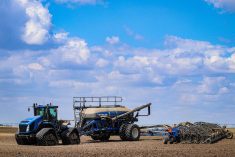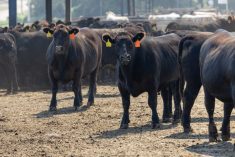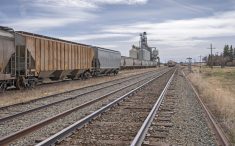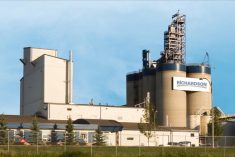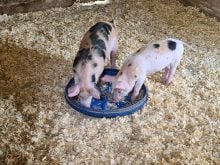A South Dakota beef slaughter plant that opened in the fall is already laying off employees because it doesn’t have the necessary capital to buy cattle.
Northern Beef Packers in Aberdeen, South Dakota, announced late last month it would lay off 108 of its 420 employees.
The plant, which cost more than $100 million to build, is capable of processing 1,500 cattle per day, but is now killing 200 cattle per day from the Dakotas, Nebraska, Iowa and Minnesota. It’s unclear if the privately held company is buying cattle from Canada.
Read Also
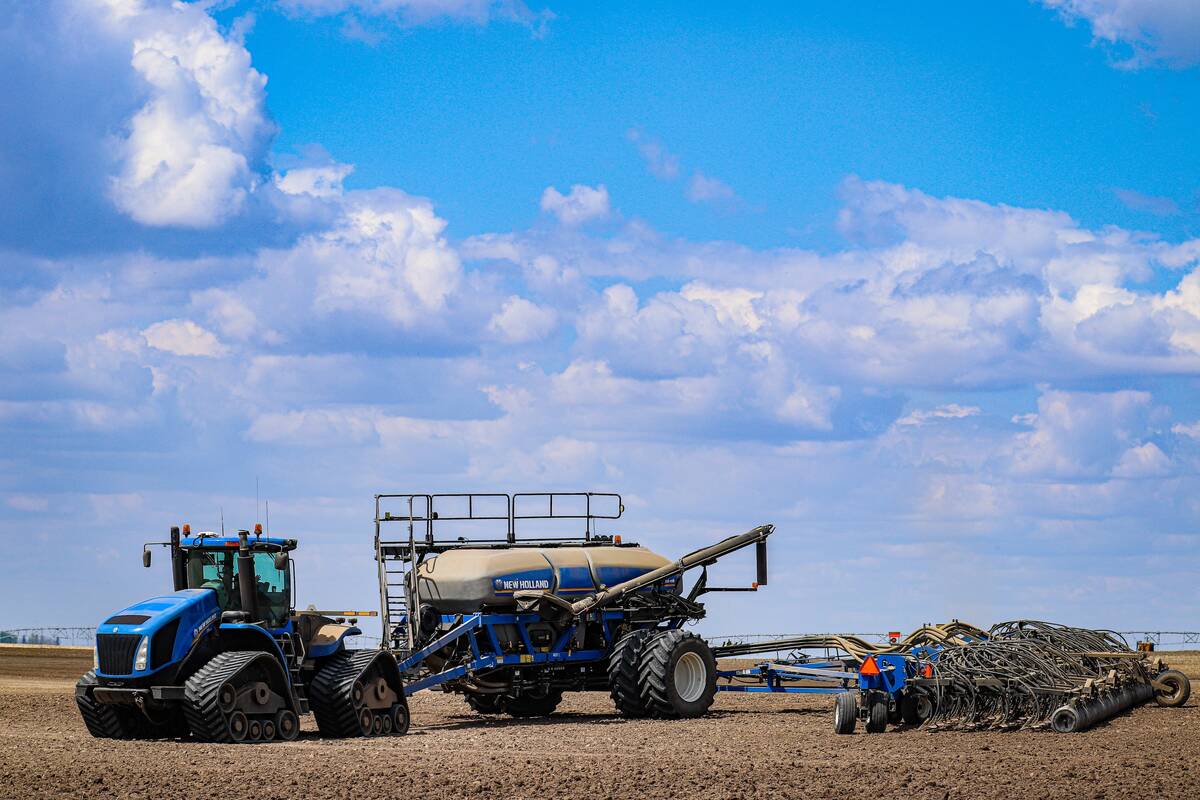
NFU says proposed plant breeders’ rights come at farmers’ expense
The National Farmers Union is pushing back against changes to the Plant Breeders’ Rights Act that would narrow the scope of farmers’ right to save seed or propagate crops from cuttings and tubers.
Northern Beef Packers didn’t respond to requests for an interview before Western Producer press deadlines.
Rob Maddock, an associate professor of animal science with North Dakota State University who studies the meat processing business, said Northern Beef Packers doesn’t have enough money to buy cattle.
U.S. rules stipulate that cattle must be paid for within 24 to 48 hours of a purchase. However, Maddock said it may take weeks for packers to receive payment for meat.
“From the time you buy the cattle to the time you get paid for the meat, it could be three weeks or as much as 30 days.”
High cattle prices are also aggravating the situation.
A company that wants to slaughter 1,000 head per day would have to spend more than $7.5 million a week on cattle.
“In the area (around the plant), a single animal costs, conservatively, $1,500,” Maddock said.
“So, $1,500 times 1,000, that’s $1.5 million per day … if they wanted to run at that level.”
With fed cattle in the northern Plains trading around $125 per hundredweight and 700 to 800 lb. feeder steers selling for $139 per cwt., Maddock said it’s an extremely expensive time to buy cattle.
“They probably opened at a bad time. High cattle prices and meat prices are lagging … so packer margins are fairly tight.”
Northern Beef Packers has been a controversial project since it was proposed in 2007. There have been dozens of contractor disputes, waste-water permit violations, delayed openings and a financial rescue by Korean investors in 2009.
David Palmer, the company’s chief executive officer, said in late April that the plant will slaughter about 200 cattle per day until it raises an additional $20 million in working capital.
Aberdeen is in north-central South Dakota near the North Dakota border and was viewed as an ideal place to slaughter cattle raised and fed on the northern Plains.
Tim Petry, a livestock marketing expert and NDSU agribusiness and applied economics professor, said most North Dakota cattle end up in slaughter plants 600 kilometres south.
“The bulk of the cattle fed in North Dakota would go to Nebraska.”
For example, Tyson Foods operates a large beef plant in Dakota City, Neb., near Sioux Falls, Iowa. The plant employs 4,000 people and has a capacity of more than 7,000 cattle per day.
Petry said Dakota ranchers could save significantly on shipping costs by selling cattle to Northern Beef Packers instead of to packers in Nebraska.
For example, he said it costs $50 per head to truck cattle to Nebraska from Carrington, N.D., which is located in the middle of the state.
Maddock said reduced shipping costs benefit ranchers and feedlot businesses in the Dakotas but doesn’t boost Northern Beef Packers’ bottom line
“That is savings on the producer’s end. It’s not going to help the plant a whole lot. They’re buying on whatever the market is.”
Maddock didn’t want to speculate on the survival of Northern Beef Packers, saying meat packing is a risky business.
“I hope they can make it. It’s nice to have a packing plant in the northern Plains,” he said.
“But it’s going to take some very good management to keep that processing plant viable in the long term.”
Petry said the company’s Korean ownership means it likely intends to export beef into the Asian market.
The plant needs to ramp up production and do it quickly, he added, even if the company receives a price premium from that market.
“They have to get their kill (numbers) up or they can’t continue,” he said.
Facts about Northern Beef Packers:
- Northern Beef Packers opened in Aberdeen, South Dakota, in the fall of 2012.
- It is the first beef processing plant in the United States, built from the ground up, in about three decades.
- The plant cost an estimated $109 million to construct. It is the only sizable plant north of Nebraska.
- The plant has a capacity of 1,500 head of cattle per day, based on a single eight-hour shift.
- Oshik Song, a Korean businessperson, owns 41 percent of Northern Beef Packers. A group of Korean investors owns the remainder of the business.
Sources: Northern Beef Packers and staff research





